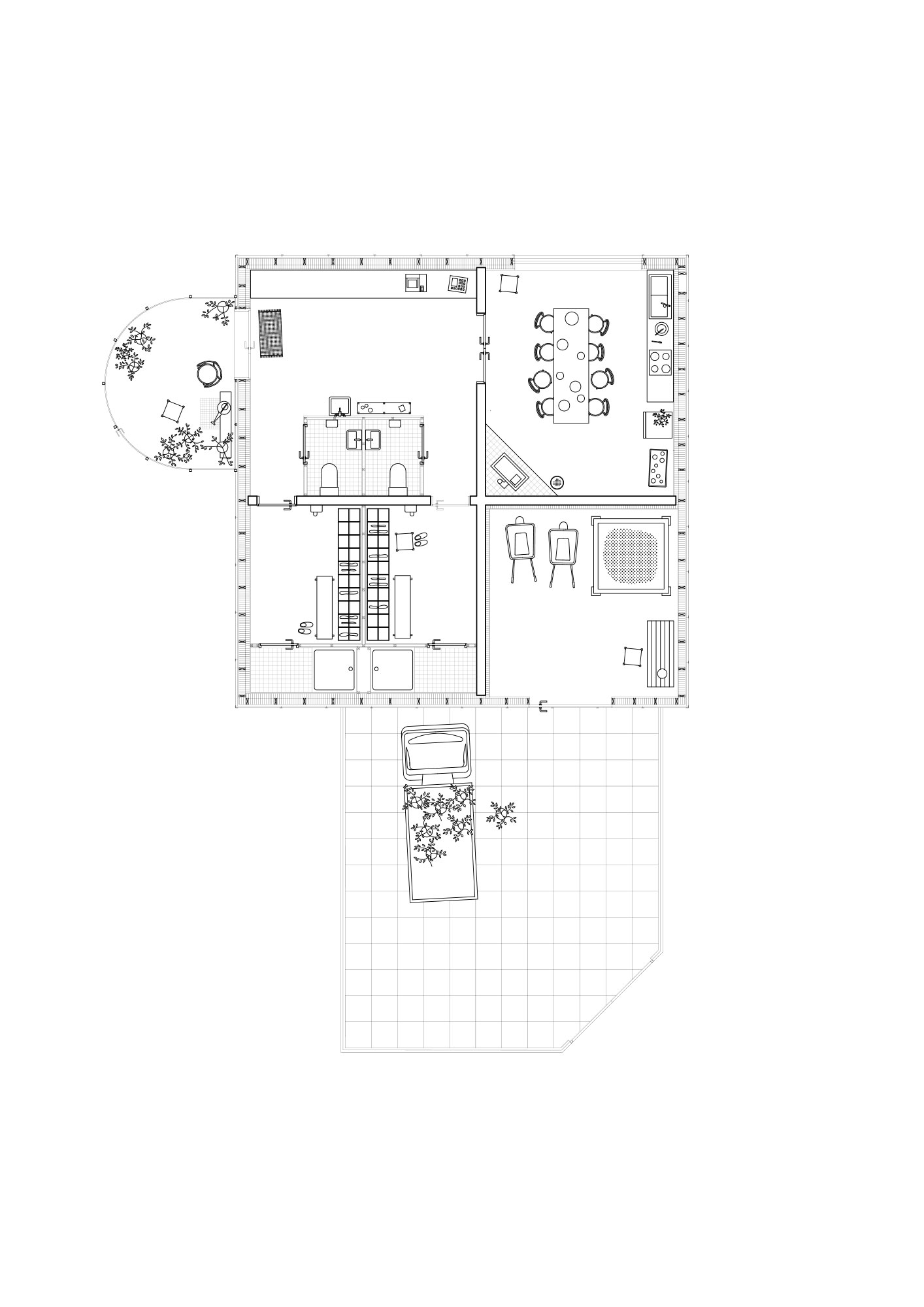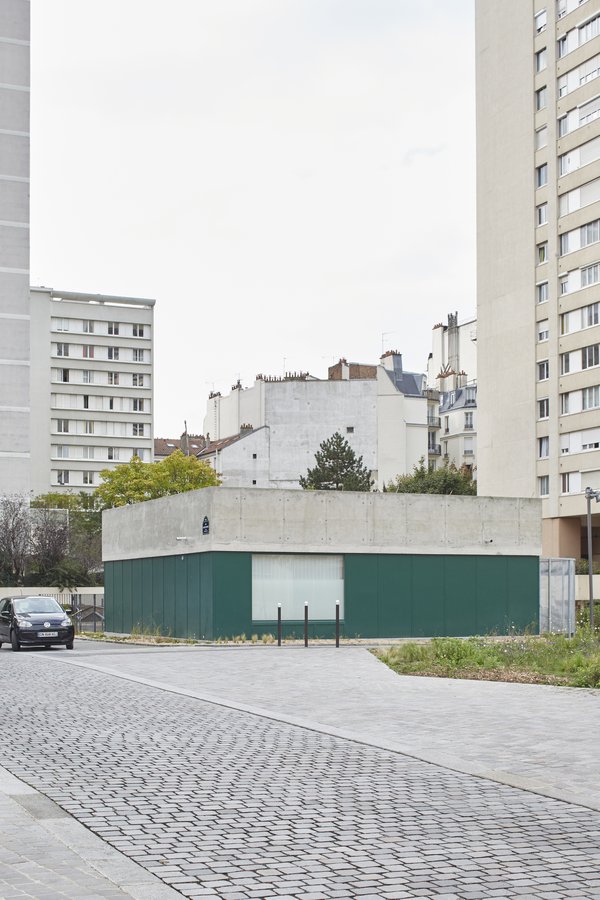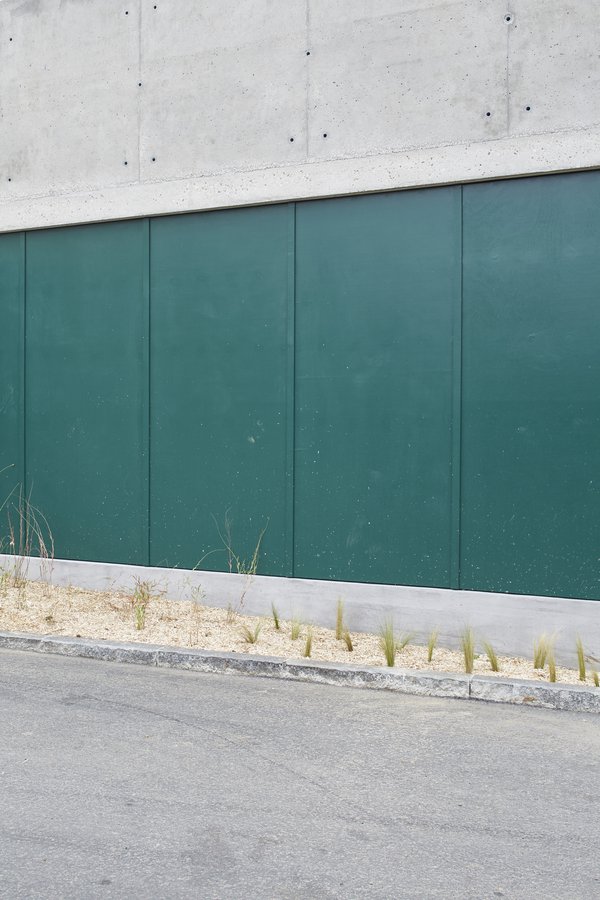Maintenance Monument
September, 2021
CC Journal
CC Journal

There is a learned nothingness to Raynaud’s design, which is neither a monolith nor a character. It has no obvious function, but because of thoughtful details such as its color and strict composition it doesn’t appear to be a mere utility building. This neutral character betrays any legibility of direct action, but in doing so it supports the direct action of maintenance, the ongoing, discreet, and critical work that preserves The Public where ecstatic buildings and forceful masterplans only represent action. Architecture that engages and supports maintenance is more important than the performative quality that many public buildings and parks that are declared the centerpiece of our cities possess.






It is rare to be celebrating a piece of architecture that holds this position and it’s fairly unlikely to know the name of an architect who designed one. But not only does this building exist, Thomas Raynaud designed Maison des Jardiniers with such clarity that it is worthy of this kind of formal analysis. It is important to consider that this piece of criticism is based on reading the building and its plans, without any information on the intentions of the designer other than the title of the project—Maison des Jardiniers. But its design alone answers a question that’s rarely asked: How do we design space for the laborers and community that maintains the Public? This building provides many compelling answers, which suggests we should ask this question more often.
Another reading may unravel this analysis, however. Atop the single level is a garden wrapped in an oversized concrete parapet. While one will likely never see the interior of the protected ground floor, the rooftop may be a source of vitality and monumentality. When someone stands on the roof and gardens, they are visible from the ground. It transforms the monument into a place of action! The building reads as a podium for a sculpture. The actual figures of the city maintenance garden on the roof like statues centered in the plaza. With this building we’re finally offered a new entry in the definition of public architecture where previously there were no monuments to maintenance, just maintenance of monuments.
Image Credits:
Maison des Jardiniers, Thomas Raynaud (ASBR). Photographer: Stéphane Ruchaud